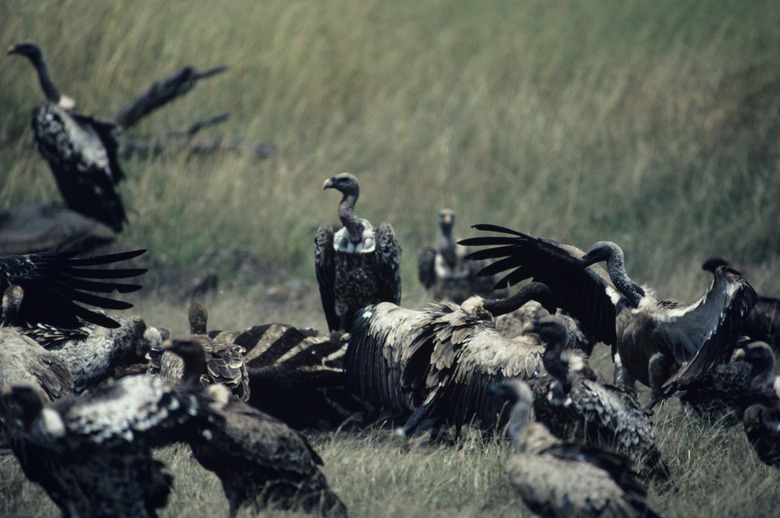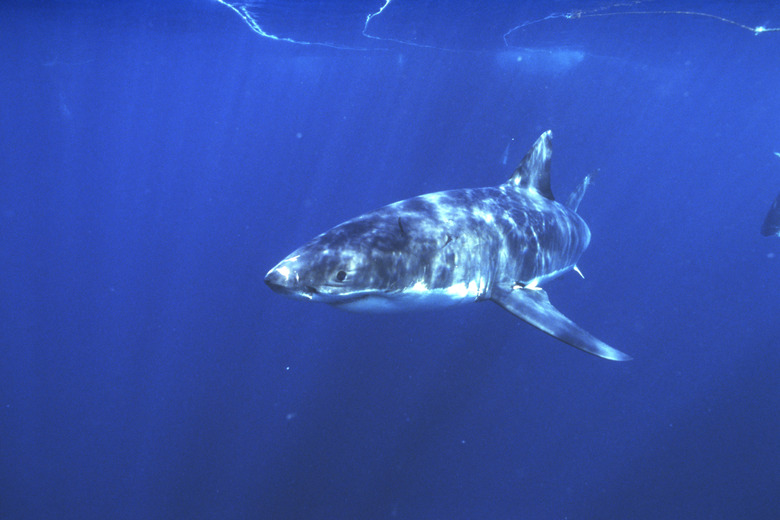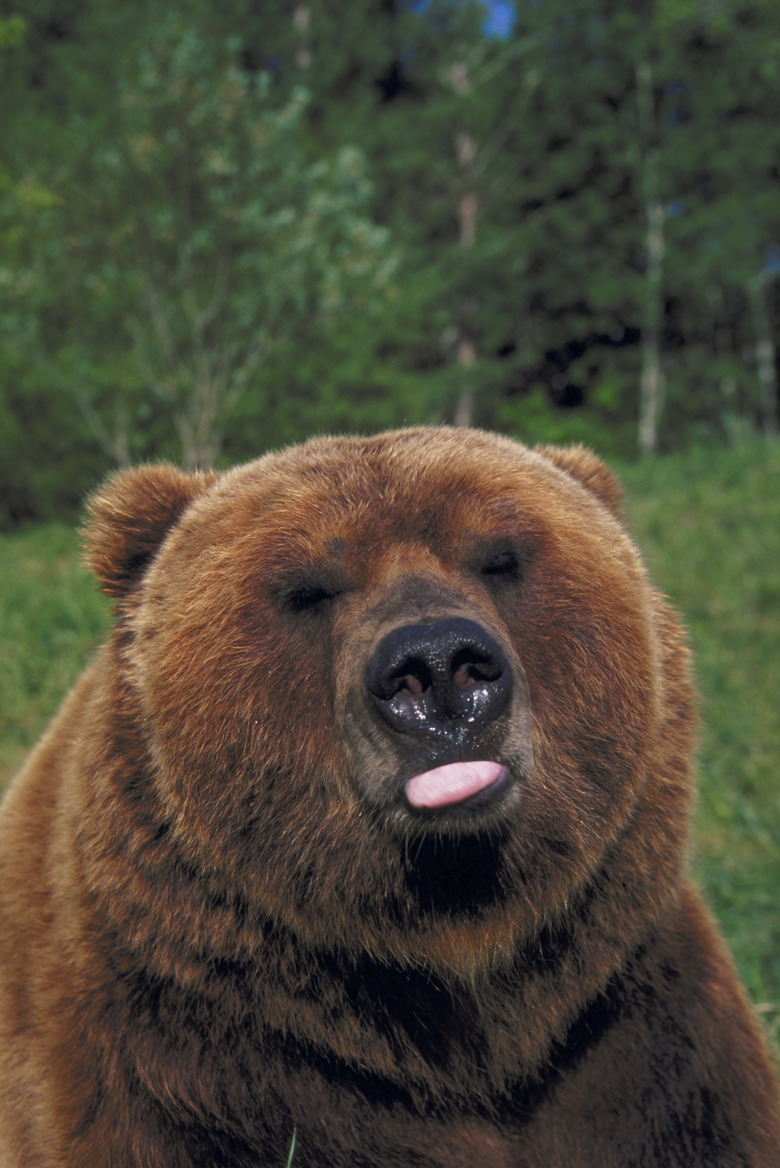What Animal Is The Scavenger In A Food Chain?
A perhaps unfortunate reality is that to survive, all animals must eat other living things, or at least things that include components of entities that were at one point alive. This fundamental reality is the basis for the formulation of food chains, or food webs, describing how and where different organisms in a given ecosystem (a community of living things) get their nourishment.
Different models for describing food webs and food chains exist, but these share most points in common. The different organisms in any such arrangement are described in terms of their overall role. Green plants are considered producers, the organisms that eat these are called primary consumers, animals that eat these animals in turn are known as secondary consumers and top predators sit at the very top of the arrangement, as no animals in their own environment target them for food. Within this scheme at the secondary-consumer level are decomposers, which eat only dead things. Among the decomposers are scavenger animals.
Scavengers Defined
Scavengers Defined
When an animal dies, it is often consumed by micro-organisms such as bacteria and fungi. This returns the organic material to the bottom of the food chain, as these decomposers often wind up included in the meals of primary consumers. Scavengers, on the other hand, are full-fledged animals in their own right, but have evolved to rely on eating already dead organisms rather than killing them directly.
Most animals that meet the scavenger definition are carnivores, or meat-eaters. A few are omnivores and gain nourishment from rotting plant matter or even paper (in the case of certain insects). Scavengers occasionally act as predators, but this typically only happens under certain circumstances, such as during extreme hunger or with prey that is nearly dead already.
Scavenger examples exist in every major type of ecosystem.
Terrestrial Scavenger Examples
Terrestrial Scavenger Examples
Hyenas are an example of practiced scavengers on land. When alone, they will eat dead animals that they happen across. They will also work together to steal meat from freshly killed animals from lions if they can get away with it, although this is risky behavior. Hyenas in packs will act as formal predators in their own right, but for the most part they manage to get by on scavenging.
Aquatic Scavenger Examples
Aquatic Scavenger Examples
Ample opportunities for feeding exist for scavengers in marine environments. For example, crabs and lobsters – which, as a trip to any seafood restaurant confirms, are themselves below humans in the food chain – will eat carrion along with practically anything else they can uncover. Eels consume dead fish. Great white sharks, despite their Hollywood-inspired reputation for hunting, also eat dead whales, dead fish and dead sea lions.
Airborne Scavenger Examples
Airborne Scavenger Examples
Perhaps the most notorious scavenger of them all is the vulture. These scavenger birds are almost supernaturally well-suited for eating dead things, and in fact, this is all they eat. Vultures have excellent eyesight and a very acute sense of smell, allowing them to spot carrion or soon-to-be carrion from above. They have weak talons and beaks compared to other birds because they do not need strong, sharp ones for hunting. Some of them are bald; even this is an adaptation driven by a scavenger lifestyle, because it prevents pieces of carrion that might be infected with pathogenic bacteria from sticking to the vultures' heads.
Cite This Article
MLA
Beck, Kevin. "What Animal Is The Scavenger In A Food Chain?" sciencing.com, https://www.sciencing.com/animal-scavenger-food-chain-16914/. 20 July 2018.
APA
Beck, Kevin. (2018, July 20). What Animal Is The Scavenger In A Food Chain?. sciencing.com. Retrieved from https://www.sciencing.com/animal-scavenger-food-chain-16914/
Chicago
Beck, Kevin. What Animal Is The Scavenger In A Food Chain? last modified March 24, 2022. https://www.sciencing.com/animal-scavenger-food-chain-16914/


